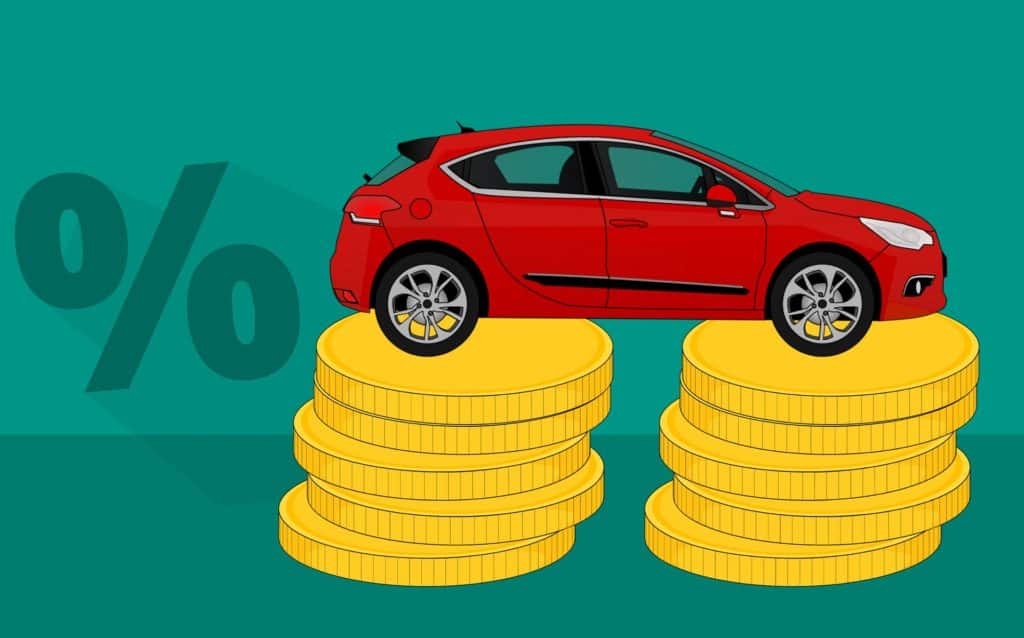The Children’s Health Insurance Program (CHIP) is a U.S. government-funded program that provides health insurance coverage to low-income children and families who are not eligible for Medicaid.
CHIP was created in 1997 to address the growing number of uninsured children in the United States and has since become an essential source of healthcare coverage for millions of families.
In this article, we will explore what the Children’s Health Insurance Program is, how it works, and who is eligible to enroll in the program. We will also discuss the benefits of CHIP and how families can apply for coverage.
What is the Children’s Health Insurance Program?
The Children’s Health Insurance Program is a federal program that provides low-cost or free health insurance coverage to children and families who meet certain income requirements. CHIP is jointly funded by the federal government and individual states, and each state has its own specific program that is designed to meet the unique needs of its residents.
CHIP covers a wide range of healthcare services, including doctor visits, hospital care, dental care, vision care, prescription drugs, and more. The program is designed to be affordable, and families may have to pay a small fee for certain services.
How does the Children’s Health Insurance Program work?
The Children’s Health Insurance Program is administered by individual states, which means that eligibility requirements and benefits may vary depending on where you live. However, there are some basic eligibility criteria that all families must meet in order to enroll in CHIP.
To be eligible for CHIP, children must be under the age of 19 and live in a household with income that is below a certain threshold. This income threshold varies by state, but in general, families must have income that is at or below 200% of the federal poverty level.
In addition to income requirements, families must also meet certain citizenship and residency requirements to enroll in CHIP. Generally, children must be U.S. citizens or legal residents, and they must have lived in the United States for a certain amount of time.
What are the benefits of the Children’s Health Insurance Program?
The Children’s Health Insurance Program provides a wide range of benefits to families who enroll in the program. Some of the key benefits of CHIP include:
- Comprehensive healthcare coverage: CHIP covers a wide range of healthcare services, including doctor visits, hospital care, dental care, vision care, and more.
- Affordable premiums: Families who enroll in CHIP may have to pay a small fee for certain services, but overall, the program is designed to be affordable for low-income families.
- Access to preventive care: CHIP emphasizes preventive care and encourages families to take a proactive approach to their healthcare needs.
- No pre-existing condition exclusions: Unlike some private insurance plans, CHIP does not exclude children with pre-existing medical conditions from coverage.
- Peace of mind: Enrolling in CHIP can provide families with peace of mind knowing that their children have access to quality healthcare services when they need them.
How can families apply for CHIP?
Families can apply for CHIP by contacting their state’s Medicaid office or visiting the healthcare.gov website. The application process may vary by state, but generally, families will need to provide information about their income, citizenship status, and residency status.
In conclusion, the Children’s Health Insurance Program is a vital source of healthcare coverage for millions of low-income families across the United States. If you are a family who is struggling to afford healthcare for your children, we encourage you to explore your options for enrolling in CHIP.




